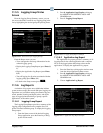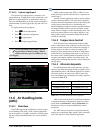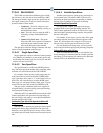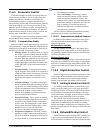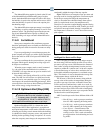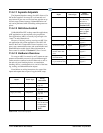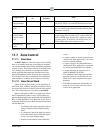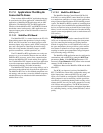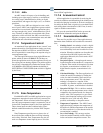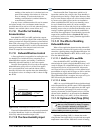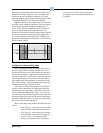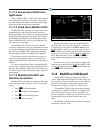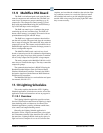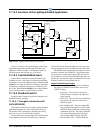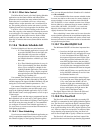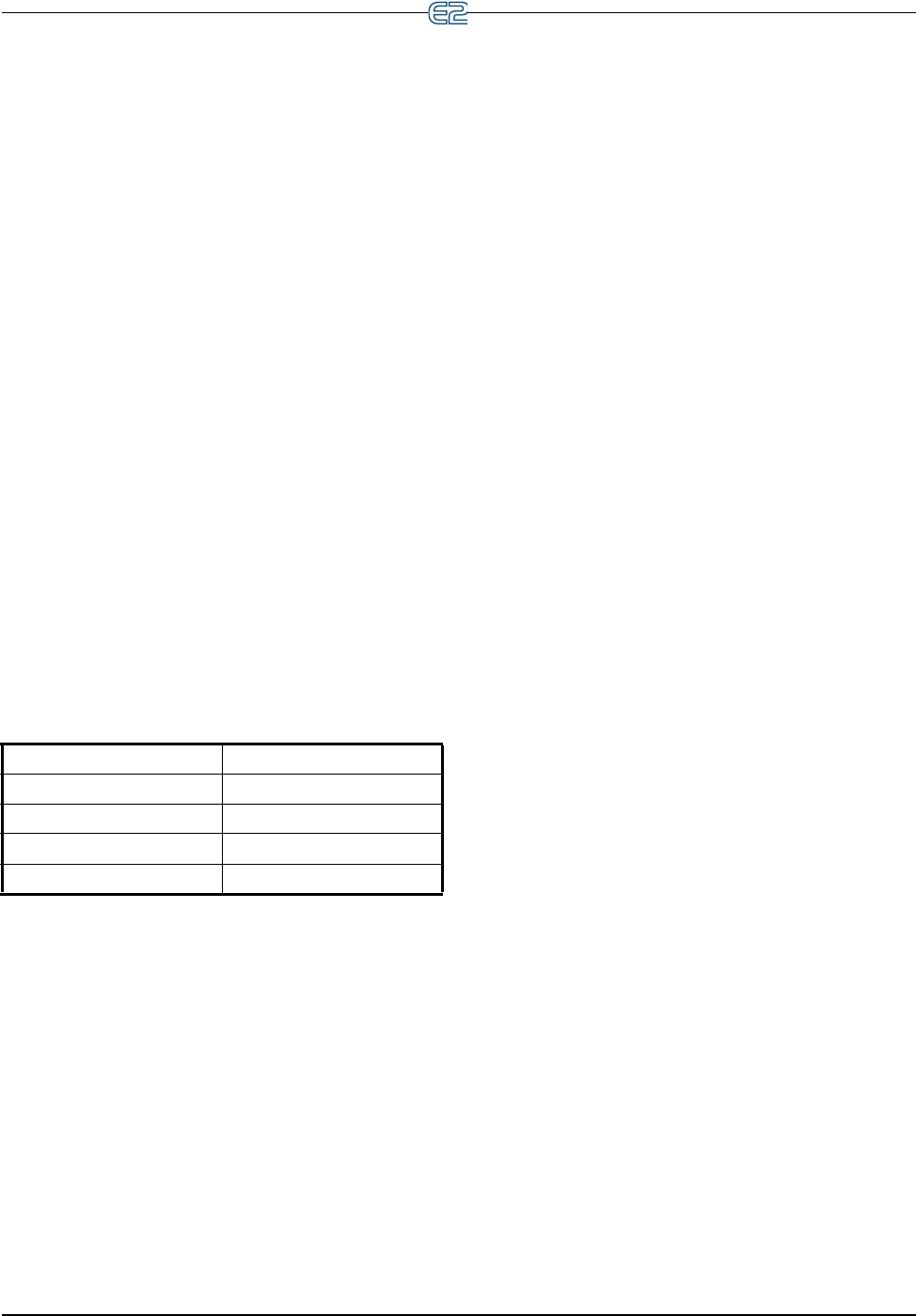
Zone Control Software Overview • 11-27
11.7.3.3 AHUs
An AHU controls all aspects of an air handling unit,
including up to eight stages of auxiliary or reclaim heat,
six cooling stages, dehumidification, analog or digital
economization, and support for single-, two-, or variable-
speed fans.
Normally, since AHUs are designed to cover a wide
area of
space, AHU Control applications operate on their
own and are not associated with Zone applications (they
are large enough to be “zones” within themselves). How-
ever, if desired, an AHU may be associated with a Zone
appl
ication, which will allow the AHU to use the Zone’s
setpoints, occupancy state, summer/winter state, and dehu-
midification and economization enabling.
11.7.4 Temperature Control
As mentioned, Zone applications do not “control” tem-
perature themselves. Zone applications simply pass along
the setpo
ints an HVAC unit will use, and the individual
unit is responsible for controlling to the setpoint using its
own temperature input.
The Zone application passes
along eight different set-
points, which are shown in Table 11-12. Of these set-
points, the application receiving the s
etpoints will only use
one cooling and one heating setpoint. The pair the applica-
tion will use is determined by whether the current season
is SUM
MER or WINTER and whether the building is
OCCUPIED or UNOCCUPIED (both of which is supplied
by the Zone).
Table 11-12
- Possible Heating/Cooling Setpoints
Cooling Heating
SUMMER COOL OCC SUMMER HEAT OCC
SUMMER COOL UOC SUMMER HEAT UOC
WINTER COOL OCC WINTER HEAT OCC
WINTER COOL UOC WINTER HEAT UOC
11.7.5 Zone Temperature
Each MultiFlex RTU and AHU application has a space
temperature output that is equal to the unit’s current Con-
trol Temperature. When associated
with a Zone applica-
tion, this space temperature output is conne
cted to one of
sixteen Zone Temperature inputs in the Zone application.
These sixteen inputs are then combined using a user-
defined combination method to yield the Zone Tempera-
ture.
Zone Temperature provides an at-a-glance view
of
how well the units within the Zone are doing in heating
and cooling. If desired, Zone Temperature may also be
used as a temperature control input by one or all of the
Zone’s HVAC applications.
11.7.6 Economizer Control
A Zone application is responsible for analyzing the
outside air conditions and determining if the conditions are
favorable for bringing in outside air. If the air condition is
favorable, the Zone sends a signal to its associated HVAC
units telling them economization is OK. If not, it sends a
signal to disable economization.
It is up to the associated HVAC unit to process the
econo
mization information and open the dampers.
11.7.7 Economization Enable
There are five possible ways a Zone application may
determine when conditions are favorable for economiza-
tion:
1. Enthalp
y Switch - An enthalpy switch is a digital
device that is pre-set to detect when the tempera-
ture and humidity levels are favorable for econo-
mization. When the conditions are favorable, this
swi
tch sends an OK (ON) signal to the Zone
application. Otherwise, the switch sends a NOT
OK (OFF) signal.
2. Dewp
oint Setpoint - A dewpoint probe measur-
ing the dewpoint of the outside air is compared to
a
setpoint. If the outside air dewpoint is less than
the setpoint, economization is enabled. If it is
higher than the setpoint, economization is dis-
abled.
3. Calculated Enthalpy
- The Zone application cal-
culates the outside air enthalpy by
reading the
value of a relative humidity sensor and an out-
door air temperature sens
or. This calculated
enthalpy is compared to a setpoint. If the
enthalpy is less than the setpoint, economization
is enabled. If greater, economization is disabled.
4. Dewpoint Fail-Safe
- This is similar to method
#2, except an outdoor temperature sensor value is
compared to the setpoint instead of a dewpoint
probe’s value. This comparison is a poor substi-
tute for actual dewpoint readings and is recom-
mended for use as a fail-safe only. When
po
ssible, use humidity or dewpoint sensors.
5. T
emperature Comparison - The AHU Control
application simply compares the temperature of
the inside air with the temperature of the outside
air. If the outside air is cooler than the inside air,
economization is enabled.
6. In vs. Out Enthalp
y - This strategy requires
indoor and outdoor humidity sensors and also
indoor and outdoor temperature sensors. The



